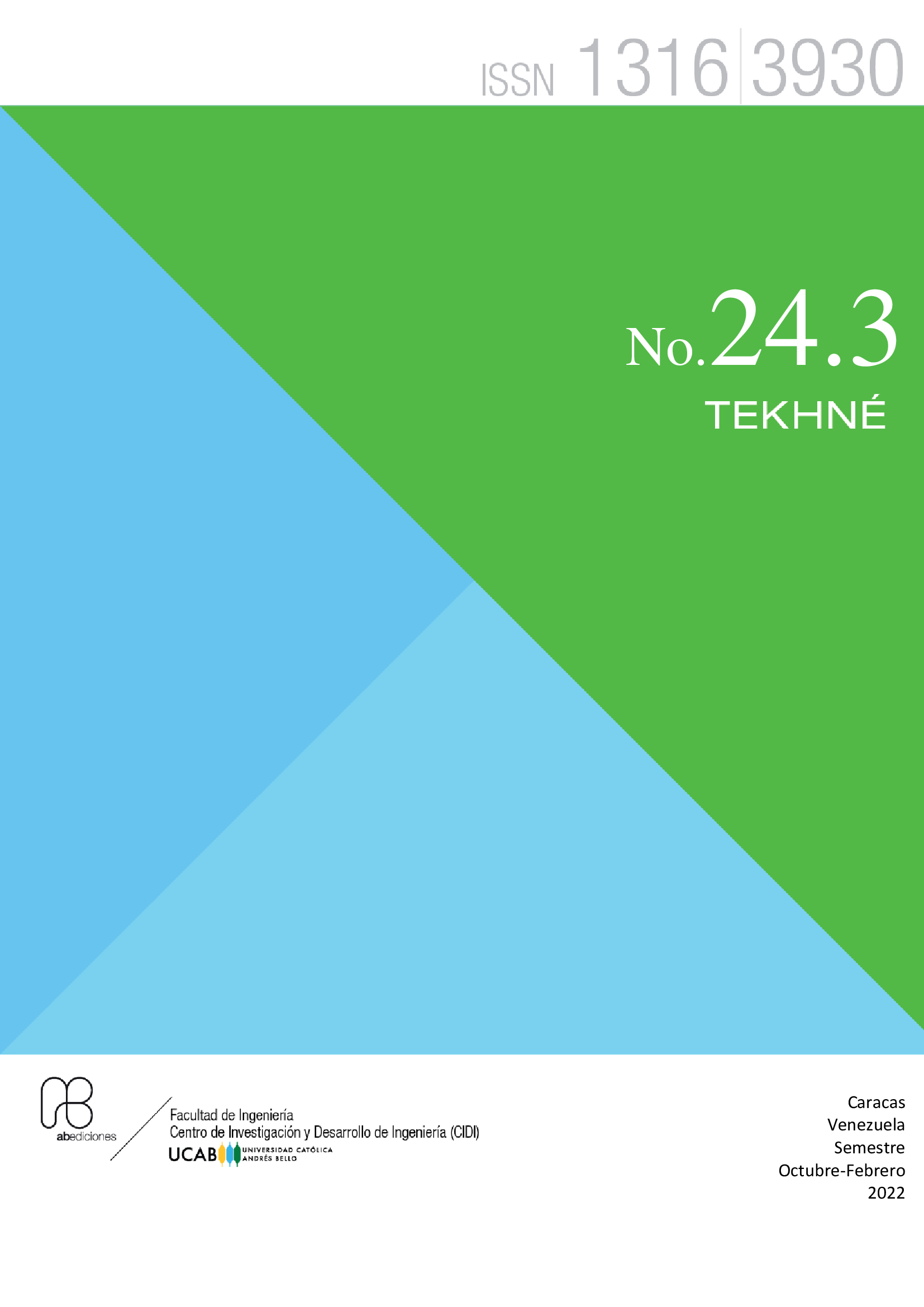Mini LNG plant to supply fuel to ships: conceptualization
Miniplanta de GNL para suministrar combustible a barcos: conceptualización
DOI:
https://doi.org/10.62876/tekhn.v24i3.5138Abstract
The International Maritime Organization (IMO) and some countries have imposed regulations which prohibit the use of fuels with high content of sulfur in ships. In these locations, shipping industry has been obligated to migrate towards more environmentally friendly options, among which stands out the liquefied natural gas (LNG). This fuel promotes a reduction in the emissions of sulfates, nitrates, carbon dioxide (SOx, NOx, CO2) and particulate material until 98, 85, 25 and 90%, respectively, reason why it is well positioned in front of new environmental regulations. In this work it was done the conceptualization of a mini LNG plant, with a capacity of 0.2 million tons per annum (MTPA), to satisfy part of the demand of ships which travel in Caribbean Sea and Atlantic Ocean. As technology for the liquefaction cycle, it was selected a single mixed refrigerant, like the PRICO®, and the process was simulated with the commercial program PROII®. For the base case, a coefficient of performance (COP) equal to 0.17 was achieved, which was improved until to 0.52. Using the operational conditions of the cycle with higher COP, preliminary sizing of the principal equipment of the process (heat exchangers, compressors, pumps), the process flow diagrams, tentative control diagrams and area requirements were developed, in addition to an economic evaluation. The development of the project requires a CAPEX of MMUSD 206.36 (USD 1031/ton), obtaining an internal rate of return of 13.05% and a net present value equal to MMUSD 52.94.




